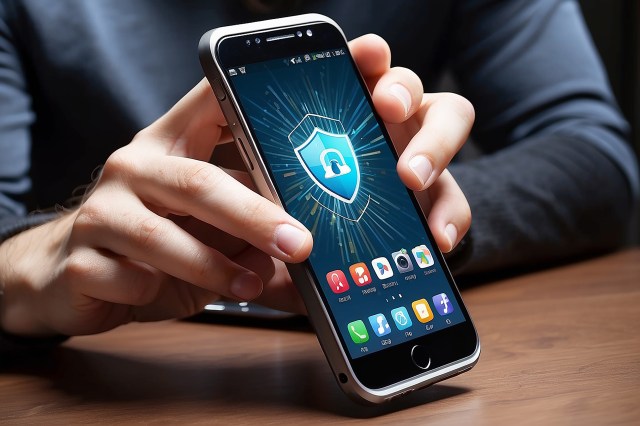
Hackers CAN bypass Multi-Factor Authentication (MFA)
Before we dive into the details of multi-factor authentication (MFA) bypass attacks, you need to know that even the strongest security measures can be compromised if attackers successfully manipulate people through social engineering. This article explains how hackers try to get around MFA protections and what you can do to stay protected.
What is Multi-Factor Authentication?
Multi-factor authentication (MFA) adds an extra layer of security beyond passwords. You must verify your identity in two or more ways before accessing an account. This typically includes:
- Something you know (like a password)
- Something you have (like your phone for receiving verification codes)
- Something you are (like your fingerprint or face)
While MFA significantly improves security, hackers have developed clever social engineering techniques to bypass these protections.
How Hackers Bypass MFA Through Social Engineering
- MFA Fatigue Attacks
One of the most common tactics is an “MFA fatigue attack.” Hackers get your password through phishing or data breaches, then repeatedly send authentication requests to your phone or device. They hope you’ll eventually approve one request to stop the annoying notifications. Some people approve these requests without thinking, especially if they receive multiple notifications in quick succession.
- Fake Login Pages
Hackers create convincing fake websites that look exactly like legitimate login pages. When you enter your username and password, the fake site forwards this information to the real website, triggering a genuine MFA request. When you enter the verification code on the fake site, hackers capture it and use it to access your account.
- SIM Swapping
In this attack, scammers contact your mobile carrier pretending to be you. They convince the customer service representative that they need to transfer their phone number to a new SIM card (claiming they lost their phone or upgraded devices). Once successful, they receive all your calls and text messages, including verification codes sent via SMS.
D. Deceptive Messages and Calls
Attackers may call you pretending to be from technical support, claiming your account has a security issue. They’ll guide you through logging in and approving an MFA request, claiming it’s part of fixing the problem. In reality, they’re using your approval to access your account.
How to Protect Yourself from MFA Bypass Attacks
- Be Suspicious of Unexpected Authentication Requests
If you receive an MFA prompt when you haven’t tried to log in, don’t approve it. This is likely an attacker trying to gain access to your account. Contact your service provider directly using their official contact information (not numbers provided in suspicious messages).
- Take Your Time
Scammers create a false sense of urgency to make you act without thinking. Don’t rush when dealing with security matters. Take time to verify the authenticity of any request.
- Use Strong, Unique Passwords
Even with MFA, you still need strong passwords. Use different passwords for different accounts, and consider using a password manager to keep track of them.
- Be Careful What You Share Online
Limit the personal information you share on social media and other public platforms. Hackers can use these details to impersonate you or answer security questions.
- Verify Through Official Channels
If you receive a call, text, or email about account security, don’t use the contact information in that message. Instead, contact the company directly using their official website or phone number.
- Enable Number Matching for MFA
When available, use MFA apps that require you to enter a number shown on the login screen instead of just approving a notification. This ensures you’re responding to a legitimate login attempt.
Staying Vigilant in a Digital World
The key to protecting yourself from MFA bypass attacks is awareness. Hackers rely on catching you off guard or exploiting your trust. You can strengthen your defenses against these attacks by staying alert and questioning unexpected requests.
Remember that legitimate companies like Smart Communications will never ask you to share your passwords or verification codes. If something feels suspicious or too urgent, take a step back and verify through official channels.
By understanding how these attacks work and following these simple precautions, you can enjoy the convenience of digital services without falling victim to scammers who try to bypass your security measures.
With multi-factor authentication properly implemented and your knowledge of these potential threats, you’ve added powerful layers of protection to your digital life.




